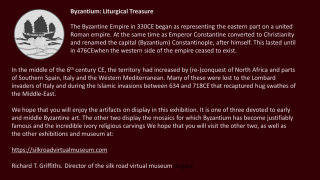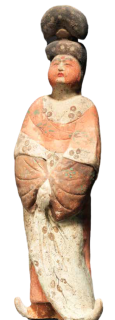
The moon is recalled in the round shape and the reflective quality of the mirror. However, the decoration has a more particular iconography.
The celestial figure is Chang’e, the Moon Goddess, who is said to live on the moon after consuming an elixir of immortality.
The rabbit is shown living on the moon, continuously pounding the elixir of life. The simple explanation is that Chang’e become lonely and the rabbit was sent to keep her company. The more complicated version is that a hungry beggar (actually a god in disguise) asks a monkey, a fox and a rabbit for some food. The monkey brings fruits, the fox brings fish but the rabbit, having nothing, throws himself onto the flames. Touched by the rabbit's selflessness, the deity spares its life and grants it immortality, sending it to live on the moon. In my opinion, the first version sounds the more likely.
The turtle is there because it symbolized longevity (and in Doaist beliefs, other attributes) whilst the tree represents life and renewal. The inclusion of turtle and tree motifs in these mirrors is a reflection of the era's artistic sophistication, cultural values, and cosmological beliefs. These symbols encapsulated important ideals such as longevity, stability, and cosmic harmony, making the mirrors not just practical objects but also carriers of profound cultural significance.




